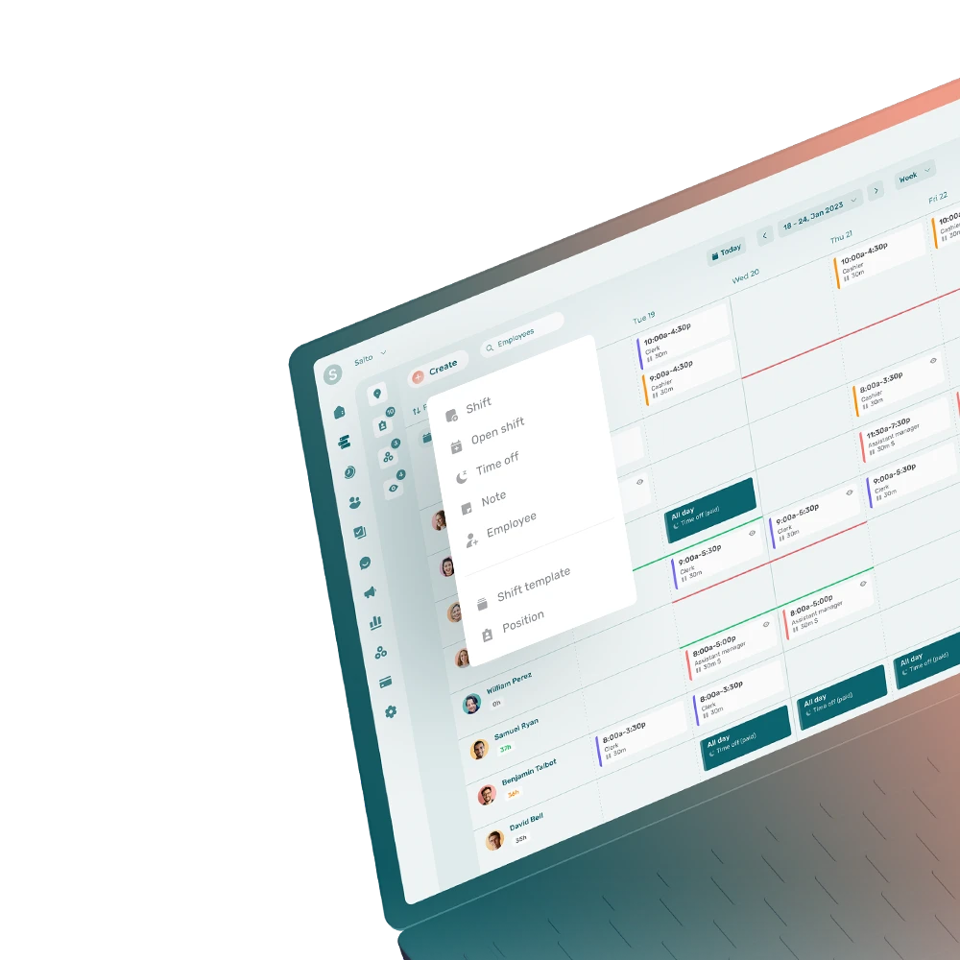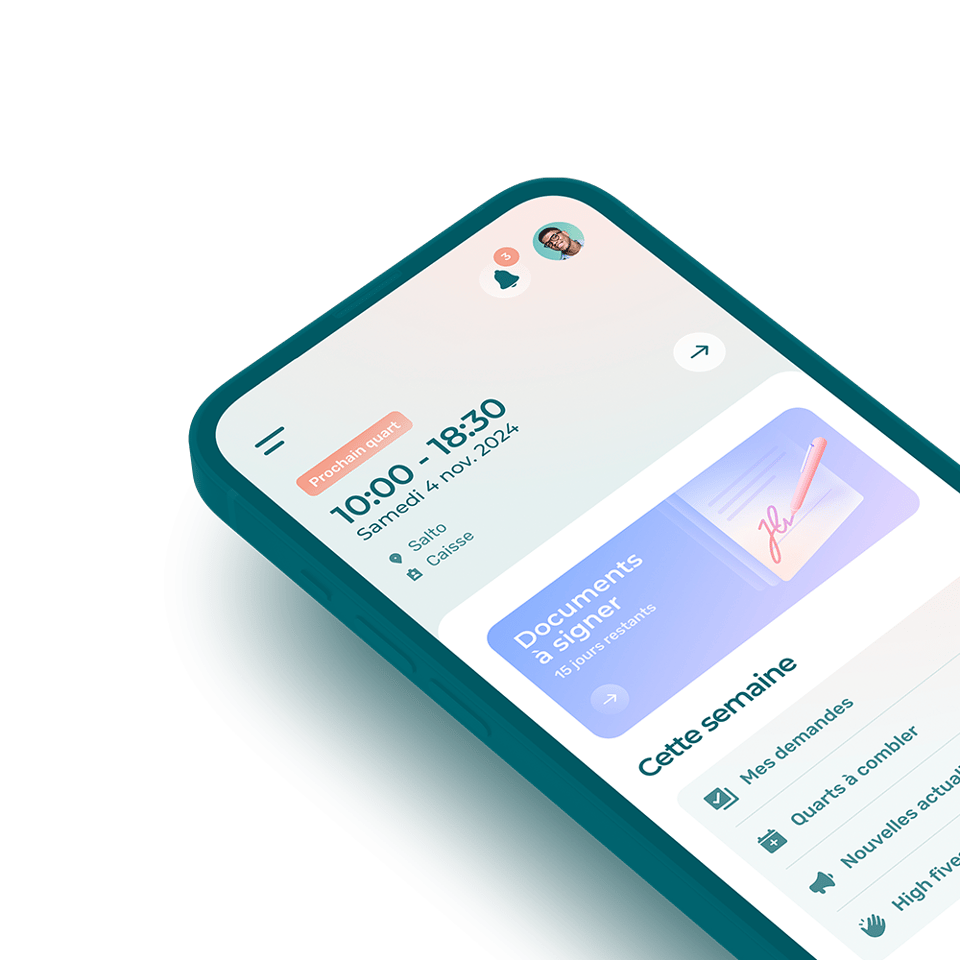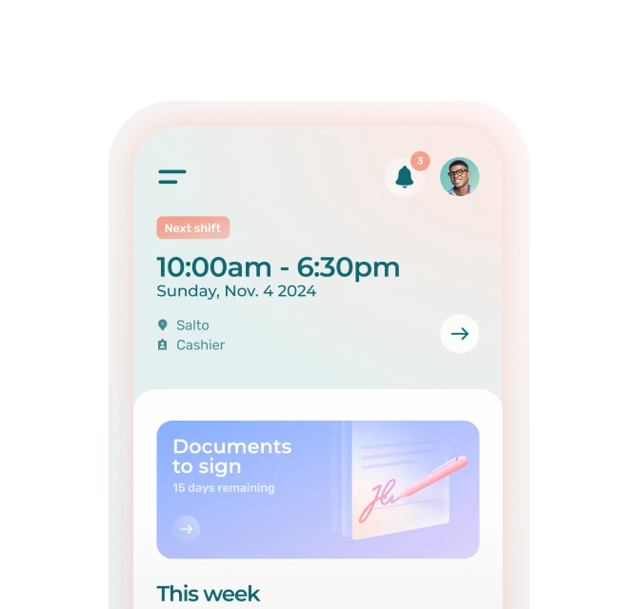A hiring process is a step-by-step method used by an organization to find and hire highly skilled employees for a given position.
What Are the Steps of a Hiring Process?
- Identifying hiring need: deciding on workforce needs and conditions
- Writing job description: creating a job offer
- Advertising position: depending on the strategy it can be online, in a newspaper, on a advertisement board, etc.
- Recruit for position: reaching out to potential candidates
- Review applications: analyzing candidate profiles based on job criteria
- Initial screening: phone interviews
- Interviewing potential candidates: in-person interviews, standardized tests, talent assessments, etc.
- Checking references and performing background checks
- Selecting the right candidates for the position: job offer
- Hiring: contract signature
- Onboarding
What Are the Stages of a Hiring Process?
A hiring process typically has 5 main stages.
- The planning phase: establishing the needs of the organization in terms of workforce (number of hires, positions to fill, requirements)
- The strategy phase: developing a strategy to recruit new employees efficiently
- The searching phase: posting job offers to build a large pool of qualified candidates
- The screening phase: filtering candidates using their profile to determine who will be invited for an interview
- The evaluation phase: interviewing candidates and deciding who to hire
Why Is It Important to Have a Hiring Process?
Having a structured hiring process increases the likelihood that an organization will find the right candidates. A well-defined hiring process is both cost-effective and time-saving.
Common benefits of a streamlined hiring process include:
- Finding the right candidates more rapidly
- Hiring candidates that fit with the culture of the company
- Standardizing hiring methods
- Saving time and money
- Ensuring transparency in the process








